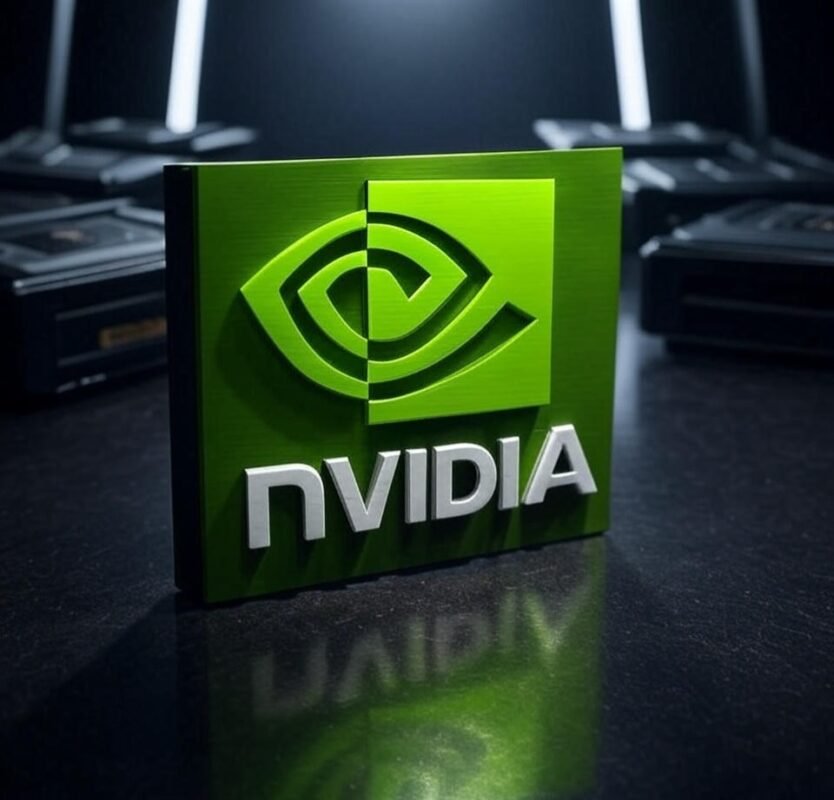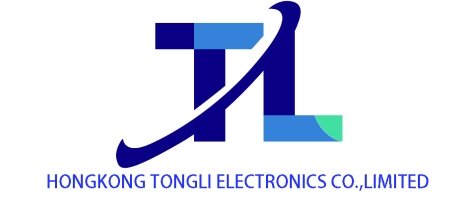NVIDIA Announces Resumption of H20 Sales in China; New GPU Launch May Impact Memory Market Dynamics

On July 15th, NVIDIA issued an important announcement on its official website, declaring the resumption of sales of its H20 chips in the Chinese market. Concurrently, the company launched a brand-new and fully compatible GPU product for the Chinese market, a move that has attracted widespread attention within the technology industry.
Jensen Huang, Founder and Chief Executive Officer of NVIDIA, stated that the company is advancing the application process for resuming sales of the NVIDIA H20 GPU. The U.S. government has committed to issuing the license to NVIDIA, and the company is striving to initiate product deliveries as soon as possible. As an AI chip custom-developed by NVIDIA specifically for the Chinese market in late 2023, market demand for the H20 has continued to rise with the accelerated implementation of artificial intelligence applications. In April this year, sales of the H20 chip in the Chinese market were forced to halt due to the impact of new U.S. regulatory measures. The resumption of sales this time will inject significant impetus into the development of China’s artificial intelligence industry.
In addition to resuming H20 sales, Huang simultaneously announced the launch of the new NVIDIA RTX PRO GPU, emphasizing that this product is “an ideal solution for digital twin AI in the smart factory and logistics sectors”. According to industry sources, this new GPU may be named RTX PRO 6000 D Blackwell. It is scheduled to start supply in the third quarter of 2025, with a shipment target set at 1 to 2 million units by the end of the year, covering application scenarios such as enterprise-level AI deployment and high-end AI workstations.
Market analysts point out that with the advancement of these two products in the Chinese market, a large amount of production capacity may tilt towards the manufacturing of related equipment. Given that artificial intelligence chips have huge demand for memory resources, and the total memory production capacity remains relatively stable within a certain period, when production capacity is concentrated on AI-related equipment, the supply of consumer-grade memory may face squeeze, thereby leading to a continuous shortage phenomenon.
The resumption of H20 sales and the launch of the new GPU by NVIDIA this time are undoubtedly significant positive developments for China’s artificial intelligence industry, which is expected to provide more sufficient computing power support for domestic AI-related enterprises. However, the potential chain reactions on the memory market structure still require close attention and advance strategic by enterprises in the upper and lower reaches of the industrial chain.
